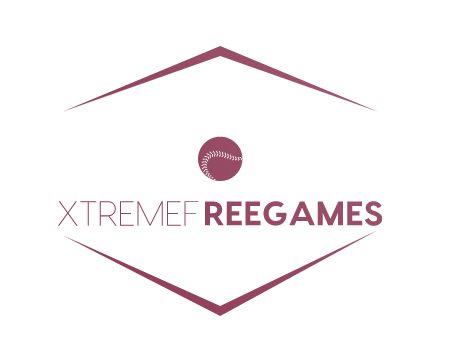
Introduction:
In the dynamic landscape of social media, Instagram stands as one of the pioneers, connecting individuals worldwide through shared moments captured in images and videos. While the platform’s content has evolved over the years, so has its visual identity, prominently represented by the iconic Instagram logo. This article delves into the intriguing evolution of the Instagram logo, tracing its roots from the early days to the present.
The Birth of the Icon:
Instagram made its debut in 2010, and with it came a logo that was both simple and distinctive. The original logo featured a vintage camera with a rainbow stripe gradient, encapsulating the app’s essence of capturing life’s diverse and colorful moments. This initial design set the stage for Instagram’s visual identity and quickly became synonymous with the platform’s user experience.
Simplification and Modernization:
As the app gained immense popularity, Instagram underwent a significant logo redesign in 2016. The updated logo did away with the detailed camera illustration, opting instead for a simplified, flat design. The rainbow stripe, however, endured, albeit in a more subtle form. The new logo aimed to reflect the platform’s evolution from a niche photo-sharing app to a mainstream social media giant, embracing a modern, minimalist aesthetic.
The Controversial Gradient:
Accompanying the logo change in 2016 was a controversial move – the introduction of a vibrant, ombré gradient as the background for the app’s interface. While the gradient added a touch of dynamism, it sparked mixed reactions among users. Some appreciated the bold departure from the traditional white interface, while others found it distracting. This move emphasized Instagram’s commitment to staying current and innovative, even if it meant pushing the boundaries of conventional design.
Return to Basics:
In 2019, Instagram surprised users once again by reverting to a simpler, monochromatic design. The colorful gradient was replaced with a flat, gradient-less background, restoring a classic black-and-white color scheme. This return to a more straightforward aesthetic aimed to streamline the user experience and put the focus back on the content shared by users. The iconic rainbow stripe was retained, a subtle nod to the platform’s commitment to diversity and inclusivity.
Adapting for the Future:
As of my knowledge cutoff in 2022, Instagram’s logo may have continued to evolve to align with design trends, user preferences, and the ever-changing digital landscape. Whether through slight modifications or a complete overhaul, the Instagram logo will likely adapt to remain relevant and resonate with its vast user base.
Conclusion:
The evolution of the Instagram logo mirrors the platform’s journey from a niche photo-sharing app to a global social media phenomenon. Each redesign tells a story of adaptation, innovation, and a commitment to creating a visually engaging user experience. As Instagram continues to shape the digital landscape, the evolution of its logo serves as a visual chronicle of its growth and enduring influence.
